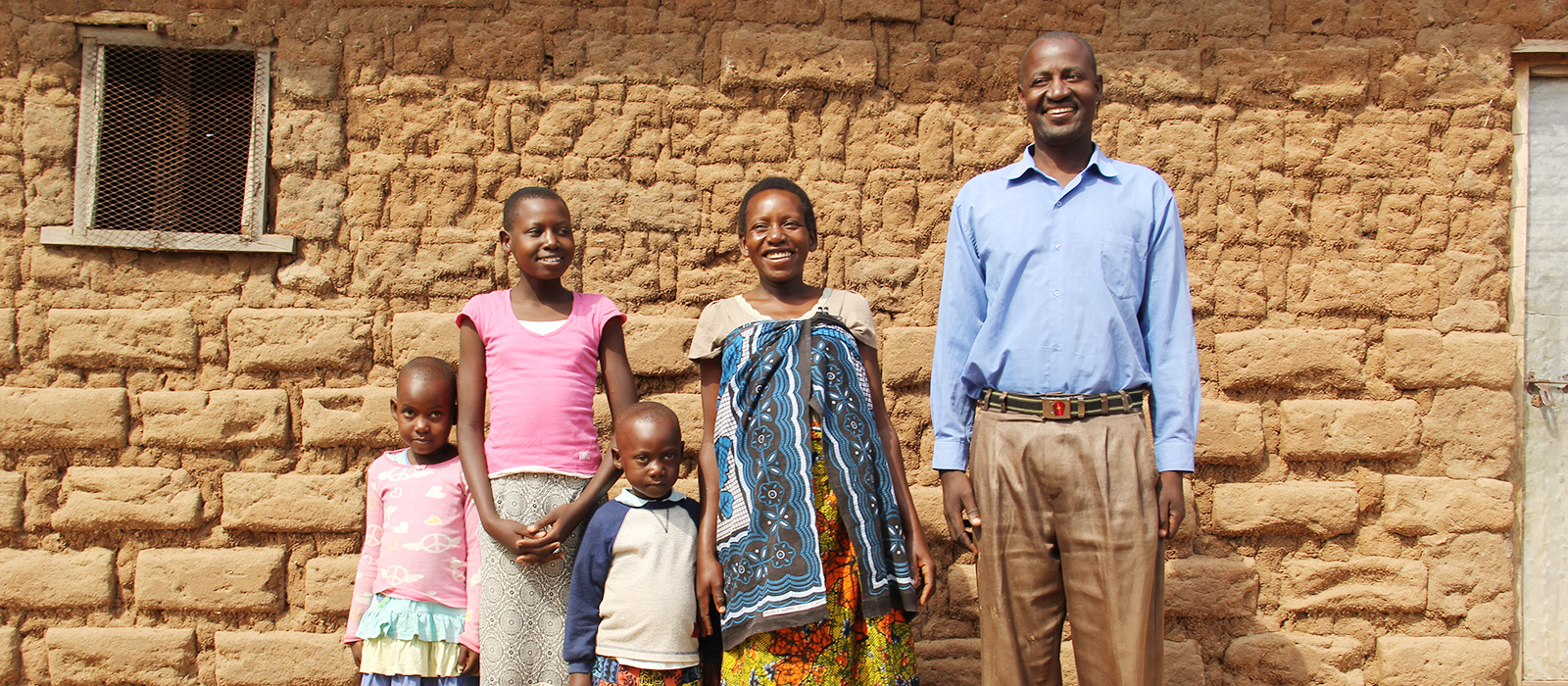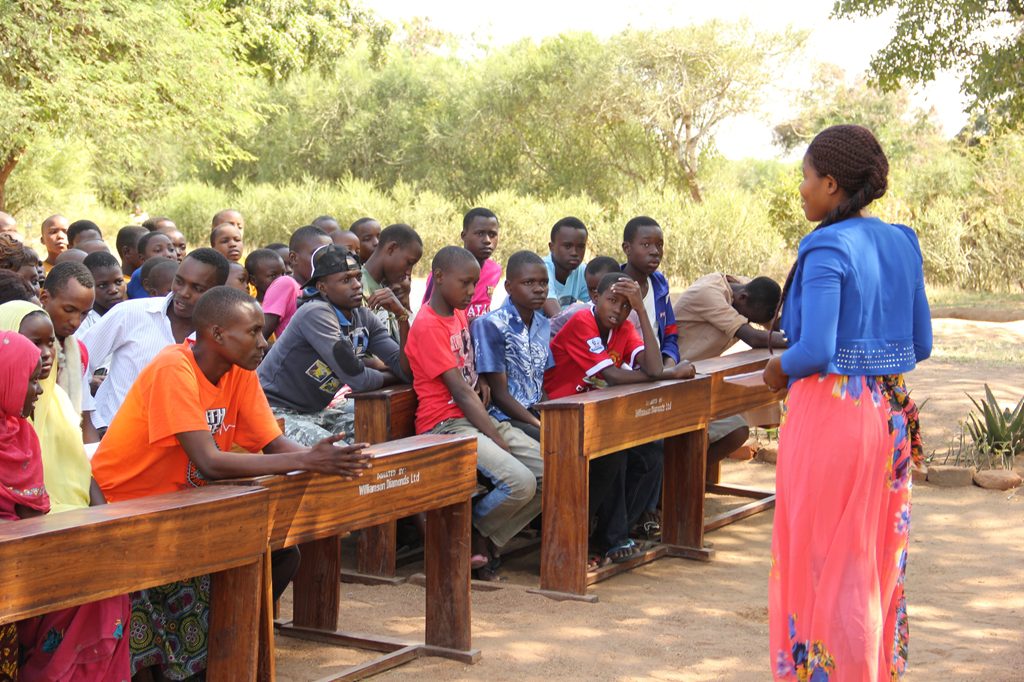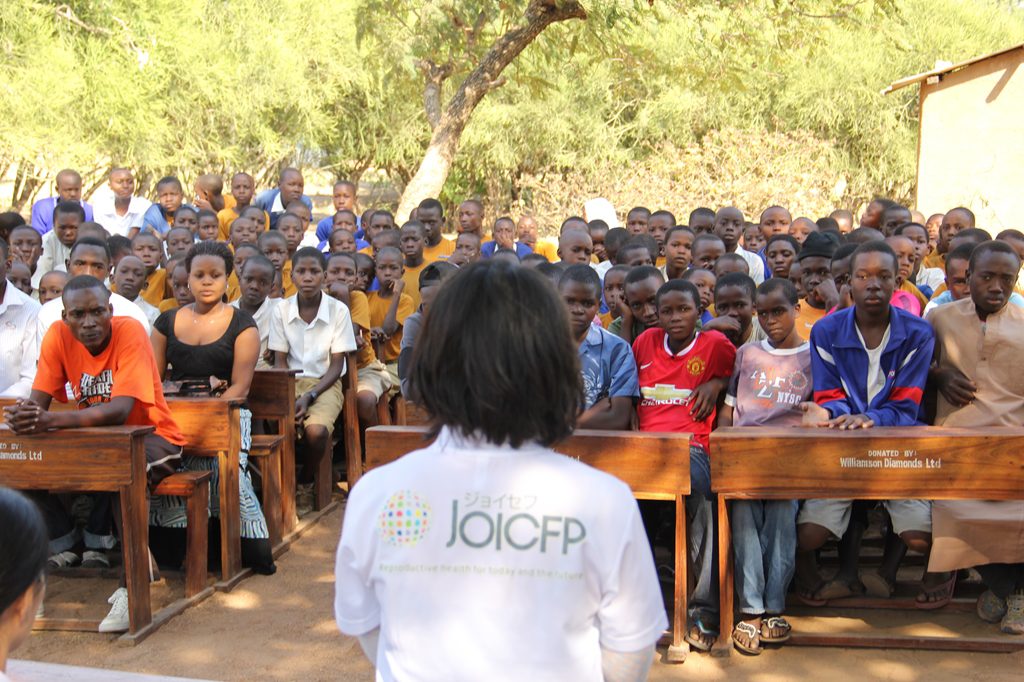
Tanzania
Improving Sexual Reproductive Health
for the Youth in Tanzania
| Country | Tanzania |
|---|---|
| Project Strengths | Promotion of women’s health through a life cycle approach at one stop service sites |
| Implementing Partners | UMATI (Chama cha Uzazi na Malezi Bora Tanzania) |
| Supporting Agencies | Donations from individuals and corporations International Planned Parenthood Federation (IPPF) Maganzo District Health Office |
| Project Period | 4.5 years (Sep. 2013– Mar. 2018) |
Description of SRHR Needs
-
While unsafe abortion is one of the leading causes of maternal deaths and complications in Tanzania, this project area has a high rate of unintended pregnancy among teenagers. The area is famous for diamond mining, and in many cases, daily workers demand young girls of the locality to engage in sexual relationships in exchange of money or other goods.
-
High prevalent rate of HIV/AIDS, drug-abuse, and gender based violence (GBV) are also serious issues in this region.
-
Many young people do not have a chance to learn about their sexual and reproductive health/rights.

JOICFP’s Intervention
| Goal | To improve SRH knowledge among the youth to reduce unwanted pregnancies or HIV/AIDS prevalence. |
|---|---|
| Target Area and Population | Kishapu District, Shinyanga-Region, Tanzania |
| Target population | 10,000 |
| Activities |
|

Project Outcomes
- Connected with 5,894 people through peer educators’ sessions at schools, communities, and youth centers.
- Encouraged community people to receive SRH services, such as condom distribution, VCT, STI check-up, and SRH counseling to 900 people.
- Through the capacity building of health staff and community people, more women, men and youth were able to receive appropriate information and services.

